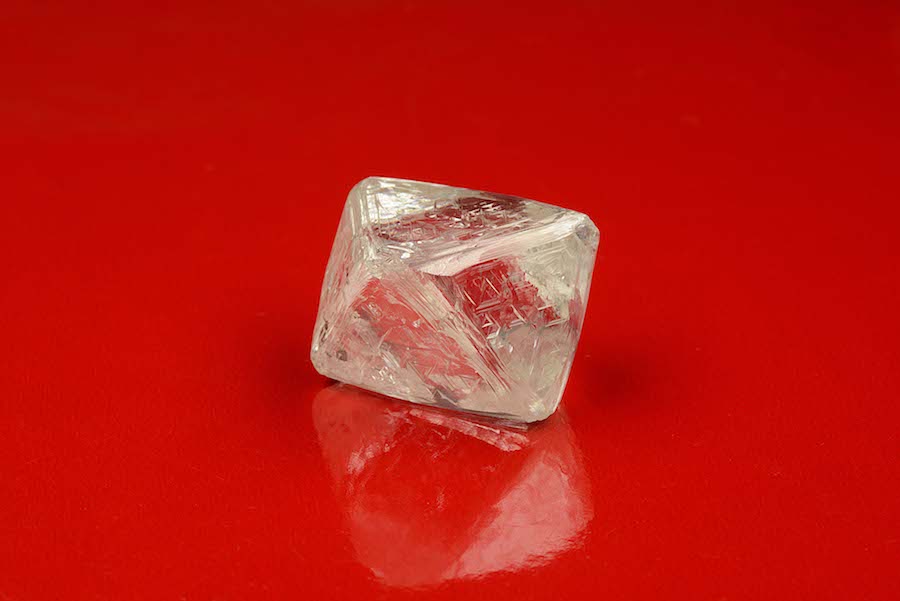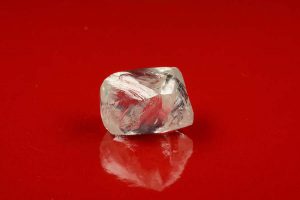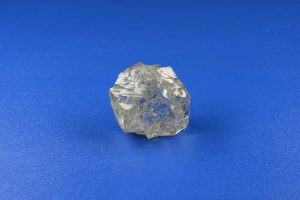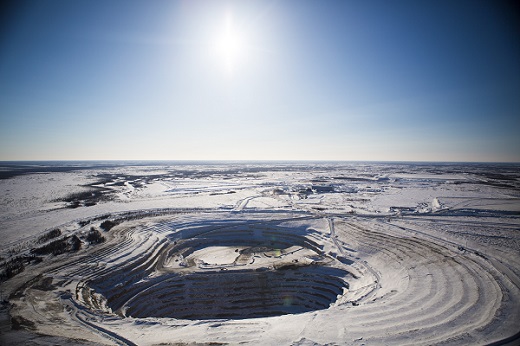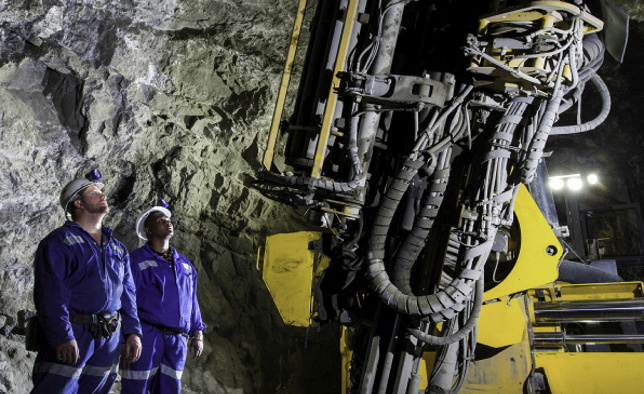
The World Jewellery Confederation (CIBJO) and the International Diamond Council (IDC) have decided to use the same terminology for describing diamonds, making it easier for consumers to understand grading.
CIBJO agreed to make amendments to its Diamond Book — a guide to grading standards and terminology — following requests by the IDC, an organization that works to ensure consistency in grading across the industry. The IDC’s language will now be “harmonized” with that of the Diamond Book, CIBJO said Tuesday.
“The true beneficiaries of this agreement are the diamond consumers, who will now be able to refer to a single set of rules for describing diamonds,” said CIBJO president Gaetano Cavalieri.
The two organizations finalized the agreement at the CIBJO Congress in Bangkok this week. The International Diamond Manufacturers Association (IDMA), one of the IDC’s founding bodies, has also endorsed the new Diamond Book.
IDC http://www.internationaldiamondcouncil.org
Source: diamonds.net

